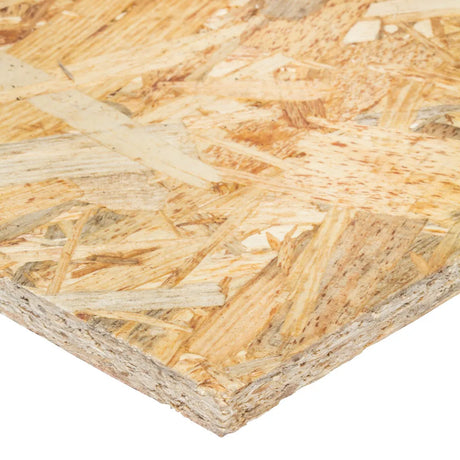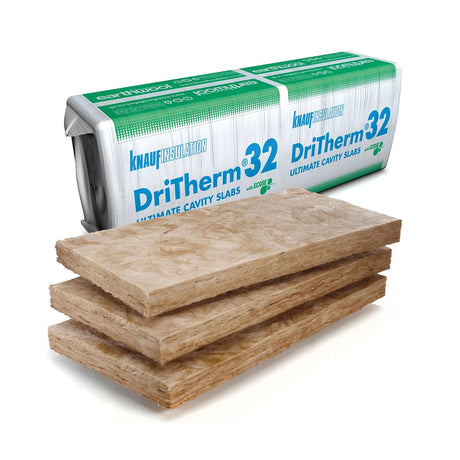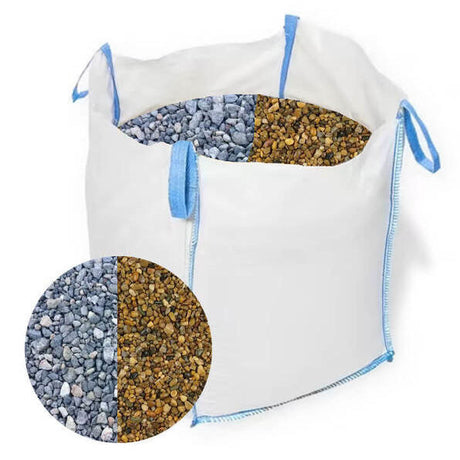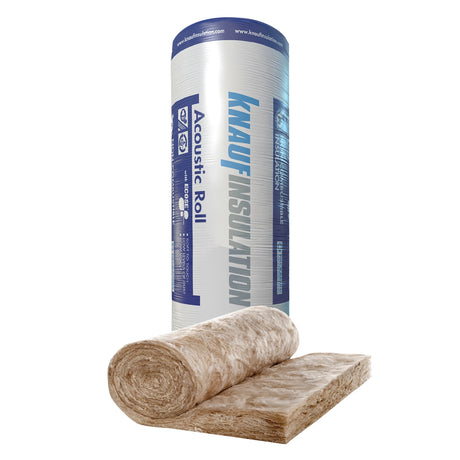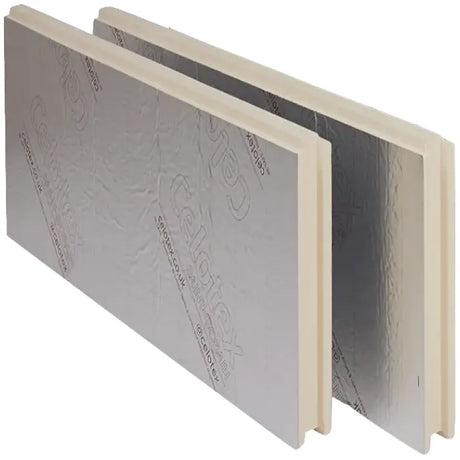Achieving professional-quality mitre joints represents perhaps the most crucial skill for outstanding skirting installation, transforming basic application into truly impressive results through precise corner detailing. Mastering several key techniques ensures consistently excellent outcomes regardless of specific room configurations or material selections.
The foundation of perfect mitres begins with appropriate tools ensuring cutting precision beyond basic functionality. While standard mitre boxes provide adequate results for simpler projects, investing in a quality compound mitre saw delivers substantial precision advantages justifying its cost for anything beyond minimal installations. Models from manufacturers like DeWalt, Makita or Evolution provide excellent accuracy with positive stops at crucial angles ensuring consistent cuts impossible with manual alternatives regardless of careful measurement. The saw blade selection proves equally important, with fine-toothed blades (minimum 60 teeth for 254mm/10" blades) specifically designed for clean cutting through manufactured boards without the splintering or chipping commonly associated with standard construction blades despite adequate sharpness for basic timber cutting without equivalent precision for manufactured board materials requiring different cutting characteristics for optimal results.
Precise measurement creates the essential foundation regardless of cutting equipment quality. For standard 90° corners, exact 45° angles on each board create perfectly matched joints when properly aligned. However, most rooms feature slight variations from perfect right angles due to construction tolerances or building settlement over time. For truly professional results, measuring actual corner angles using an adjustable bevel gauge or digital angle finder provides exact references dividing measured angles equally between adjoining pieces rather than assuming perfect 90° corners potentially creating visible gaps despite precise 45° cuts theoretically appropriate but practically unsuitable for specific corner conditions. This precise measurement explains why professional installations frequently achieve superior results despite using identical materials and similar tools, as experienced installers verify actual conditions rather than relying on theoretical measurements potentially unsuitable for specific building characteristics despite standard construction intentions.
The cutting sequence significantly influences joint quality regardless of measurement accuracy. Making the coping cut first (where applicable for internal corners) provides opportunity for precise adjustment before committing to the corresponding mitre potentially requiring replacement if incorrectly matched to imperfect coping cuts. For external corners, preparing slightly oversized pieces allows fine adjustment through minimal trimming rather than requiring complete replacement if cuts prove slightly short for perfect alignment. Maintaining consistent blade angle throughout cutting operations ensures matched joints, achieved through proper saw maintenance preventing unintended angle variations potentially creating misaligned joints despite careful setup before cutting sequences potentially undermined by equipment inconsistency during actual cutting operations despite proper initial configuration.
The "back-cutting" technique provides significant advantages for perfect external mitres by creating tight front edges while allowing slight clearance at the rear portions invisible after installation. This approach involves setting the saw approximately 1° beyond the measured angle requirement, creating slightly sharper cuts at the visible front edge while the rear portion receives minimal clearance preventing tight binding potentially forcing joints apart despite apparent initial tight fitting. This technique proves particularly valuable for painted MDF where decorators' caulk fills any minimal rear gap invisible after finishing while ensuring perfectly tight visible edges requiring no filling potentially revealing colour differences between filler and paint despite careful colour matching attempts never achieving the perfect consistency of properly fitted joints requiring no supplementary filling beyond standard decoration.
Trial fitting before final fixing represents essential practice regardless of measuring and cutting precision. Dry-fitting cut pieces against corners without adhesive or mechanical fixing allows fine adjustment before commitment, identifying any minor discrepancies requiring adjustment before permanent installation potentially revealing inadequacies impossible to address without complete removal and replacement. This verification process explains why professional installations typically progress more efficiently despite apparent additional steps, as preliminary checking prevents wasted materials and remedial work potentially extending project timelines despite apparent efficiency from skipping verification processes ultimately creating greater time requirements through necessary remediation of problems identifiable through simple preliminary checking procedures.
The fixing sequence dramatically influences joint integrity beyond initial fitting accuracy. Securing the first board completely before attempting to fix the adjoining piece ensures stable reference for the second component, while simultaneous fixing potentially allows both pieces to shift during attachment creating misalignment despite perfect initial positioning. For external corners, fixing from outside edges working toward the corner maintains alignment while opposite approaches potentially force boards apart at the mitre despite careful positioning. This methodical fixing approach explains why experienced installers achieve superior results despite using identical materials and fixing systems, as proper sequencing maintains alignment throughout the fixing process regardless of specific attachment methods potentially allowing movement without appropriate progressive fixing strategies preserving initial careful positioning.
Specialist adhesives provide significant advantages for maintaining mitre integrity beyond mechanical fixing methods. Products like Everbuild Mitre Fast, Loctite 3090, or Gorilla Wood Glue create strong bonds within seconds of contact, maintaining precise alignment during subsequent fixing operations potentially disturbing carefully positioned joints without supplementary support beyond basic mechanical fixing inadequate for maintaining precise alignment during installation processes potentially creating movement despite careful initial positioning. Applying adhesive directly to freshly cut mitre faces before positioning creates strongest bonds through chemical interaction with freshly exposed material rather than surfaces potentially contaminated through handling or job-site exposure despite visually identical appearance without microscopic examination revealing significant differences between fresh cuts and handled surfaces despite apparent similarity without magnification revealing crucial surface characteristic differences.
The "split-pin" reinforcement technique provides exceptional stability for crucial external mitres particularly in high-traffic areas vulnerable to impact or buildings with potential settlement movement threatening joint integrity. This approach involves drilling 1.5-2mm holes through external corners at approximately 45° angles through both boards, then inserting headless pins or 18-gauge brad nails with clipped heads providing internal reinforcement invisible after filling and painting. The reinforcement creates mechanical connection beyond surface bonding, maintaining alignment despite potential impacts or minor building movement that might otherwise compromise corner integrity despite proper initial installation. This technique particularly benefits larger profile skirting installations where the more substantial material mass creates greater leverage potentially forcing joints apart under impact despite proper adhesive application potentially insufficient for larger material masses creating greater separation forces than smaller profiles with reduced leverage potential despite identical installation quality.
Caulking and filling techniques transform good joints into perfect presentations regardless of minor imperfections inevitable in practical installations. For internal corners, quality decorators' caulk from manufacturers like Everbuild, Dow or Sika provides flexible filling accommodating minor building movement without cracking despite seasonal dimensional changes. External mitres benefit from two-stage filling, with initial application of quality wood filler matched to final paint colour, followed by fine surface filling with decorators' caulk creating perfect seams resistant to minor movement potentially revealing filled sections if using non-flexible fillers potentially creating visible lines despite initial invisible application becoming apparent through subsequent minor movement revealing filled sections without flexibility to accommodate dimensional changes despite proper initial appearance without revealing inevitable subsequent movement patterns potentially compromising aesthetic appearance without appropriate filling material selection.
Professional finishing techniques complete the transformation through proper preparation and painting methods beyond basic application procedures. Light sanding of mitred joints with fine abrasive (240 grit or finer) removes any minimal proud edges creating perfectly flush surfaces, while proper spot-priming of filled sections prevents differential absorption potentially revealing repairs despite colour matching. Applying minimum two coats of quality paint using appropriate brush techniques (flowing toward the mitre rather than across it) conceals any minimal junction evidence, creating seamless appearance impossible to distinguish from single-piece installations despite practical assembly from separate components. These finishing details explain why professional decorators achieve superior results beyond installation quality alone, applying detailed finishing techniques enhancing fundamental installation quality through appropriate preparation and painting procedures specifically addressing the unique characteristics of mitre joints beyond general surface treatment applicable to standard flat sections without requiring joint-specific attention potentially overlooking the special requirements of corner junctions despite adequate general finishing procedures.
At DIY Building Supplies, we provide comprehensive guidance on achieving perfect mitre joints alongside our quality MDF skirting products, ensuring customers develop essential skills transforming basic installation into truly professional results. Our experienced team offers practical advice on appropriate tools, techniques, and materials suitable for your specific installation requirements, helping achieve excellent corner detailing regardless of previous experience or specific room configurations potentially creating challenges without appropriate technical guidance overcoming apparent difficulties through proper methodological approaches.



